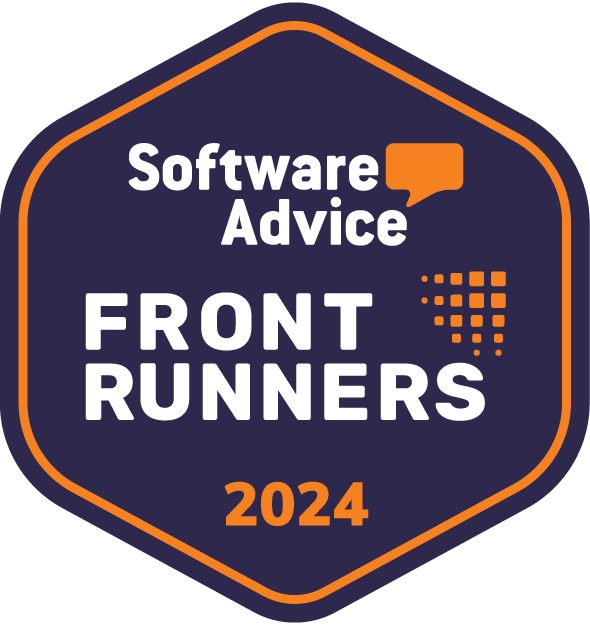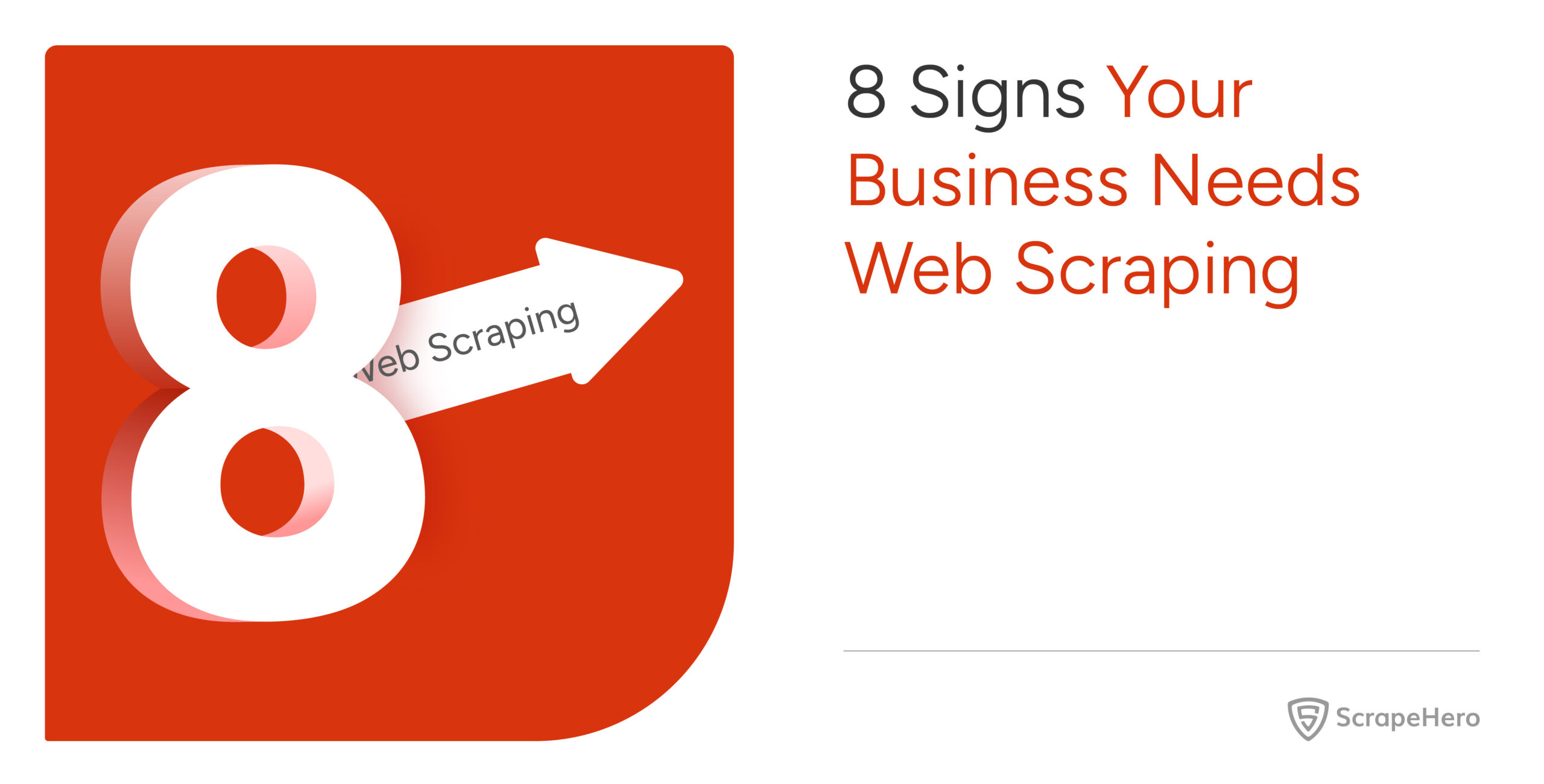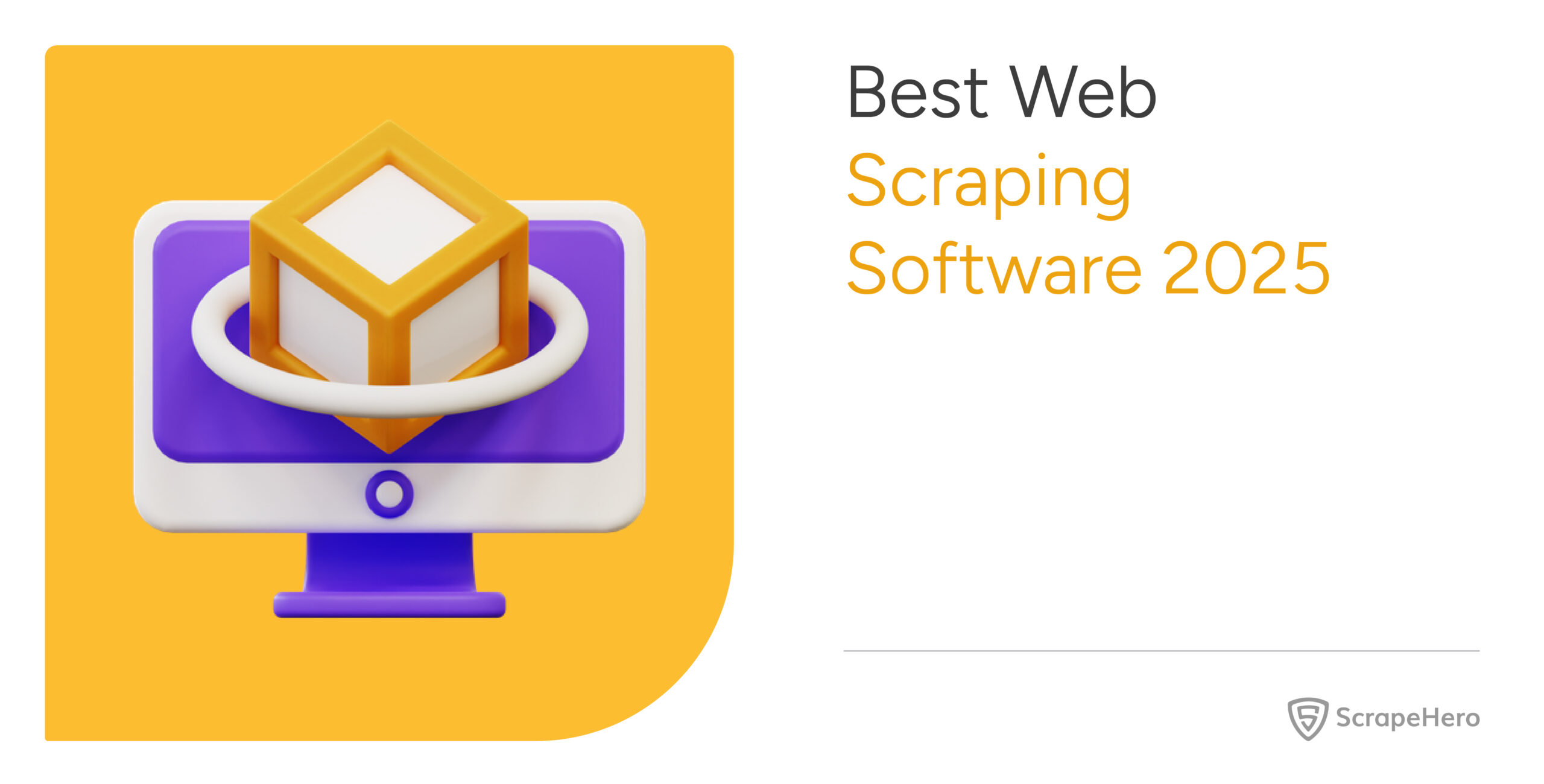You know the promise.
Outsourcing web scraping provides easy access to key data like competitor pricing, market trends, and customer sentiment, without the burden of managing a complex scraping infrastructure internally.
Whether you’ve already outsourced or are considering it, this solution reduces your team’s workload. Also, it enhances your ability to gather valuable data efficiently.
But here’s the question that keeps strategic leaders up at night: “Is this investment actually paying off?”
In today’s results-driven economy, measuring ROI in web scraping services has become crucial, requiring hard numbers. You need to prove that the cost of outsourcing is dwarfed by the tangible value it brings to your bottom line.
This article will provide you with a boardroom-ready framework to quantify the actual return on investment of your web scraping partnership. We’ll tackle the common challenges, break down the calculation into actionable steps, and show you how to choose a partner that guarantees a positive ROI.
Why worry about expensive infrastructure, resource allocation and complex websites when ScrapeHero can scrape for you at a fraction of the cost?Go the hassle-free route with ScrapeHero

Why Measuring the ROI of Outsourcing is Non-Negotiable
Viewing outsourcing purely as a cost is a strategic mistake. Instead, it is an investment in capability, agility, and competitive intelligence. Measuring its ROI isn’t just about justifying expenditure; it’s about optimizing a critical business function.
A clear ROI calculation transforms your data acquisition strategy from a speculative cost center into a validated profit driver. It allows you to:
Secure and increase the budget: Providing concrete numbers builds confidence and makes it easier to secure funding for expanded projects.
Make informed vendor decisions: It provides an objective basis for comparing providers, ensuring you’re not just choosing the cheapest option, but the most valuable one.
Identify operational improvements: The process of measuring ROI often reveals hidden inefficiencies in how data is used, allowing you to streamline processes for even greater returns.
Without this measurement, you’re flying blind, potentially pouring resources into a tool you can’t prove is working.
But what obstacles stand in your way?
Challenges in Measuring the Success of Your Web Scraping Project
Before we dive into the calculations, it’s crucial to understand the barriers. These are the common pitfalls that prevent teams from accurately assessing the value of their outsourcing, and one of them might surprise you.
Difficulty in Quantifying Benefits: How do you put a dollar value on “faster insights” or “better market awareness”? The challenge here is that the most significant advantages often seem abstract, making them hard to plug into a spreadsheet.
Lack of Baseline Data: To measure improvement, you need a starting point. Now, consider this dilemma: If you’ve never scraped data in-house, how do you know what it would have cost? Consequently, without a baseline for comparison, measuring “savings” is impossible.
Complex Pricing Models: Some pricing models are straightforward; however, others involve complex tiers, usage fees, and add-ons. This complexity can obscure the actual total cost of ownership (TCO), making an accurate ROI calculation difficult.
Internal Resistance to Change: Surprisingly, sometimes the biggest hurdle is cultural. Teams may be skeptical of external partners or protective of internal processes. This resistance can manifest as a reluctance even to attempt measuring the success of the new solution.
The Hidden Costs of a Bad Vendor: Poor data quality, frequent breakdowns, and compliance risks from an unreliable vendor create massive hidden costs. You must factor in the time your team spends managing the vendor, cleaning data, and mitigating risks—all of which erode ROI.

Recognizing these challenges is the first step to overcoming them. The following framework is designed to address each one head-on, starting with a simple formula.
Framework for Measuring ROI in Web Scraping Services
To calculate ROI, we use a classic formula but apply it with a modern, data-driven context:
ROI = (Net Benefits / Total Cost of Outsourcing) * 100
Where Net Benefits = (Cost Savings + Revenue Growth + Value of Intangible Benefits) – Total Cost of Outsourcing
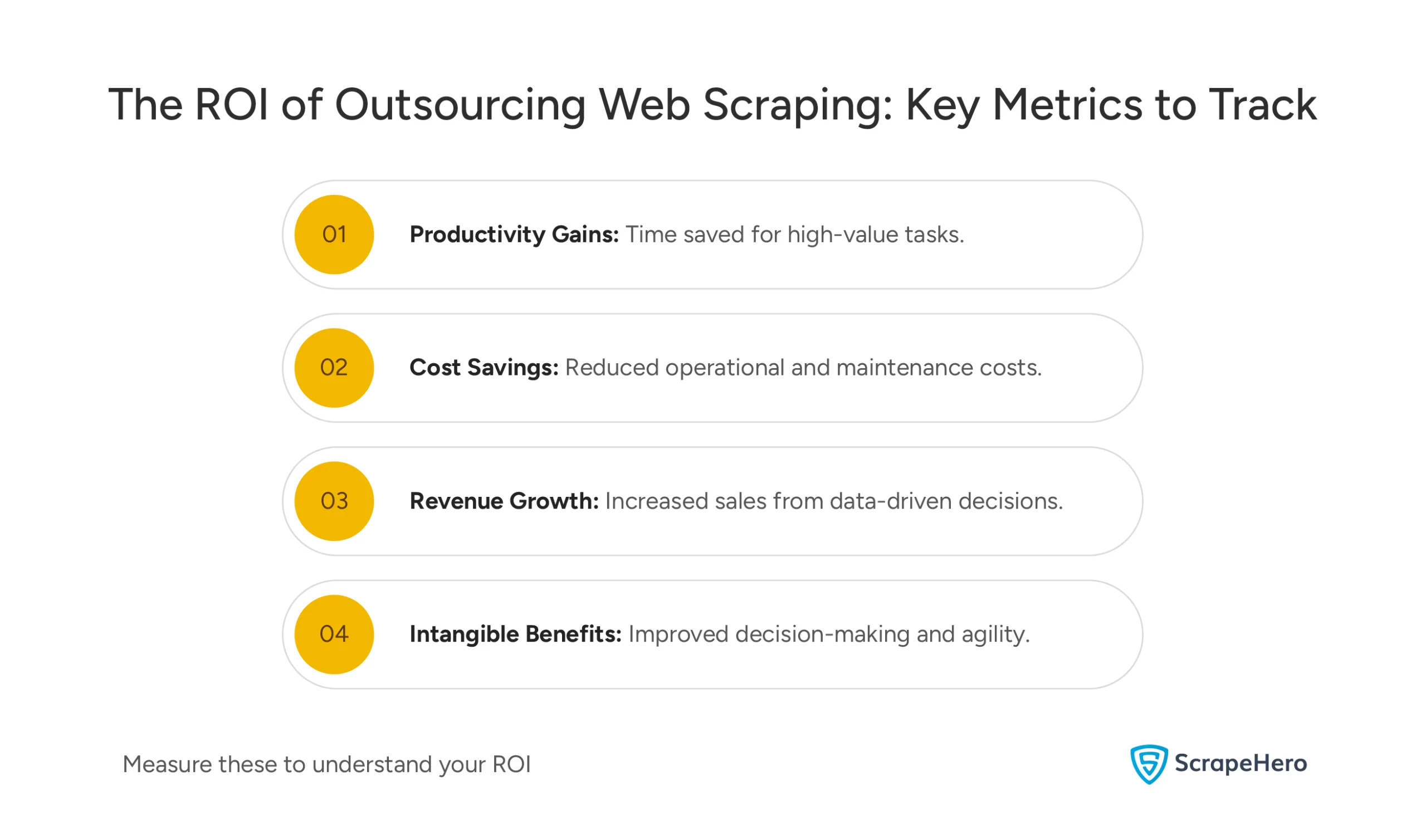
Let’s break down each component in 4 steps
- Analyze Cost Savings
- Calculate Revenue Growth
- Assess Productivity Gains
- Determine Intangible Benefits
Step 1: Analyze Cost Savings
This is where you calculate what you’re not spending by outsourcing.
Engineering & Maintenance Costs Saved: Calculate the fully-loaded hourly rate (salary, benefits, overhead) of the backend engineers, data engineers, and DevOps staff you would need to build and maintain a robust, scalable scraping infrastructure. Then, estimate the hours per month such a system would require. This is your baseline internal cost.
Example: A senior engineer ($60/hr) spending 15 hours/week on maintenance = $3,600 monthly cost.
Infrastructure Costs Saved: Additionally, include server costs (e.g., AWS EC2 instances), proxy services, CAPTCHA solving services, and data storage costs you avoid by outsourcing.
Opportunity Cost: This is critical. What strategic projects are your engineers not working on because they’re busy fighting scraping blocks? Quantify the value of those postponed projects.
Now comes the exciting part.
Step 2: Calculate Revenue Growth
This links your scraped data directly to revenue-generating activities.
The following are concrete examples of how scraped data drives revenue. While we’ll use e-commerce for clarity, the underlying principles apply to any industry:
Pricing Optimization: If data from a vendor allows you to adjust your pricing to be more competitive, calculate the revenue lift from increased sales or the profit margin protected by not underpricing.
Example: Analysis of competitor data justified a 2% price increase on 5 key products, generating an extra $10,000 monthly profit without losing sales volume.
MAP Monitoring: For brands, catching violations and enforcing Minimum Advertised Price policies directly protects brand value and retailer relationships, preventing revenue erosion.
Improved Stock Availability: Similarly, if you use data to monitor competitor stockouts and capitalize by capturing their sales, attribute that revenue increase to the data.
Sales Intelligence: Furthermore, if your sales team uses scraped lead data or news triggers to close deals, attribute a percentage of those closed-won values to the data source.
Step 3: Assess Productivity Gains
Moving beyond direct revenue, how much time is saved across the organization by having clean, reliable data delivered?
Time Saved for Data Analysts: Specifically, how many hours per week do they save by not having to find, clean, and validate raw scraped data? Multiply by their hourly rate.
Time Saved for Business Teams: How much faster can the marketing or strategy team make decisions? While harder to quantify, you can estimate the value of reducing “time to insight” from weeks to days.
Step 4: Determine Intangible Benefits
Finally, some benefits need a little creative thinking to quantify, but the payoff is worth the effort.
Risk Mitigation: What is the value of avoiding a lawsuit because your vendor is compliant with data regulations? Estimate potential legal fees and fines.
Competitive Advantage: What is the value of discovering a market trend three months before your competitor? Estimate the first-mover advantage in revenue terms.
Improved Decision-Making: Could better data lead to a 5% reduction in failed product launches? If so, attribute a portion of the saved R&D cost.
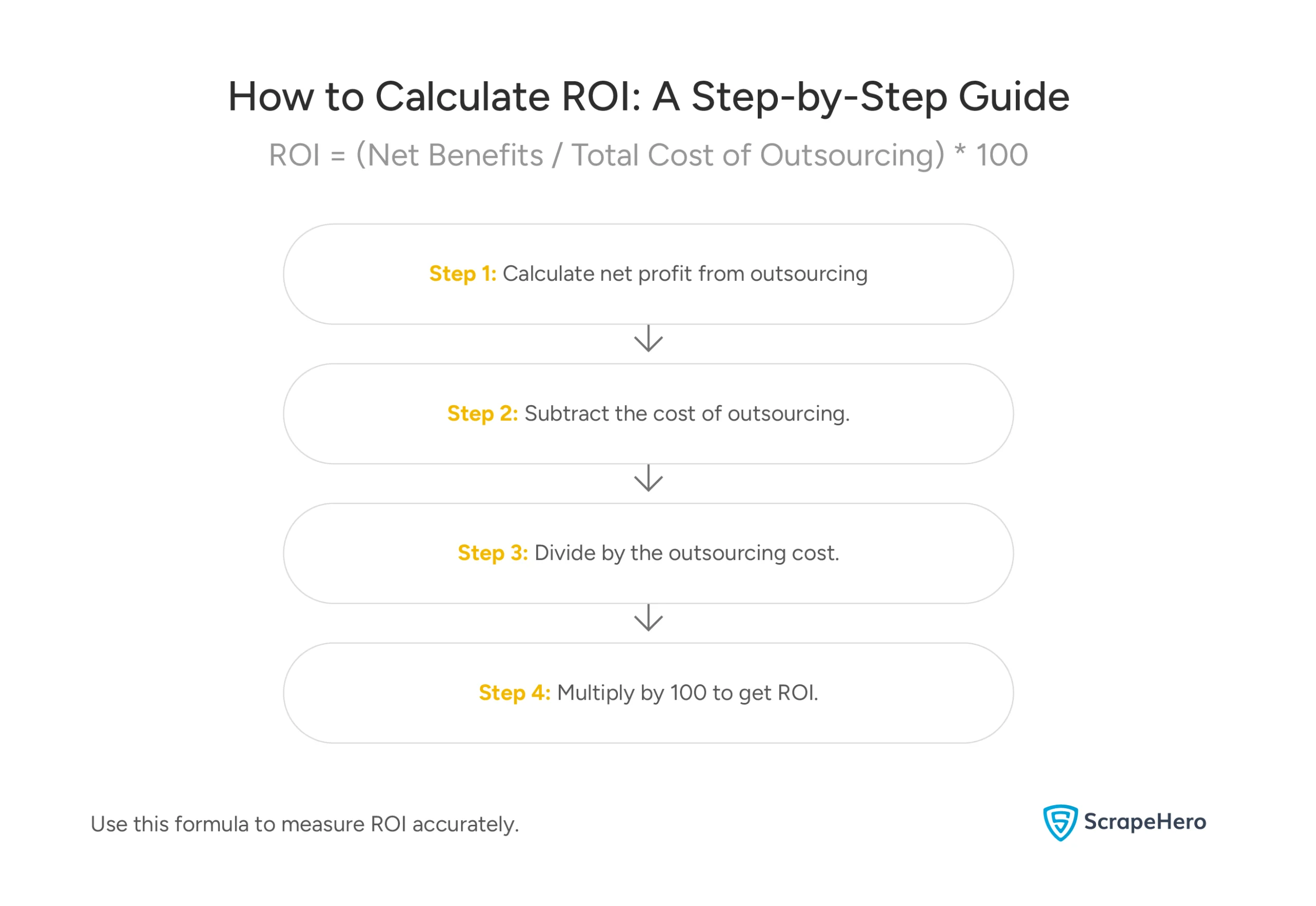
ROI Calculation and Break-Even Analysis: A Practical Example
Let’s put this framework into action with a company, “YYYTech,” that’s considering outsourcing its daily competitor price monitoring. The results will demonstrate just how powerful web scraping ROI measurement can be in practice.
Total Cost of Outsourcing: Web Scraping subscription = $2,500/month ($30,000/year).
Cost Savings:
- Engineer time saved (10 hrs/week @ $70/hr): $2,800/month per engineer. In reality, a minimum of two engineers is needed for reliable operation.
- For two engineers: $2,800 * 2 = $5,600/month
- Infrastructure cost saved (servers, proxies): $500/month
- Total Monthly Savings: $6,100
Revenue Growth:
- Estimated monthly profit lift from price optimization: $3,000
Productivity Gains:
- Analyst time saved cleaning data (5 hrs/week @ $75/hr): $1,500/month.
Annual Net Benefit = [($6,100 + $3,000 + $1,500) * 12] – $30,000 = ($10,600 * 12) – $30,000 = $127,200 – $30,000 = $97,200
ROI = ($97,200 / $30,000) * 100 = 324%
Break-even Point
The point where net benefits equal cost. Here, the monthly net benefit is $10,600 – $2,500 = $8,100. Notably, the initial investment is covered in the first month.
This powerful math moves the conversation from cost to investment. But there’s one more critical piece to maximize these returns.
Maximizing Your ROI by Choosing the Right Outsourcing Partner
Your ROI is directly tied to the quality of your partner. A cheap, unreliable vendor will destroy your ROI with hidden costs. Here’s what to evaluate:
Evaluate Expertise and Compliance
First, do they have a proven track record with websites in your industry? More importantly, do they have a robust legal and ethical framework to ensure compliance, protecting you from risk? This is non-negotiable.
Interrogate Their Technology and Infrastructure
Ask about their tech stack. How do they handle IP rotation, CAPTCHAs, and anti-bot measures? A modern, resilient infrastructure means higher data quality and reliability, which means your data is always actionable.
Verify Flexibility and Scalability
Can they easily adapt to new data points or websites? Can they handle a 10x increase in volume without falling over? Your business needs will change; your partner must change with them.
Analyze Pricing Models
Avoid partners with opaque, complicated pricing. Instead, look for clear, predictable models (e.g., based on the number of URLs, data points, or frequency) that align with your usage and budget. Understanding web scraping cost-benefit analysis is essential for making informed decisions about the total cost of ownership.
Evaluate Communication and Reporting
You need more than a data dump. The best partners provide clear reporting on data accuracy, success rates, and uptime. They act as an extension of your team, providing insights and alerts.
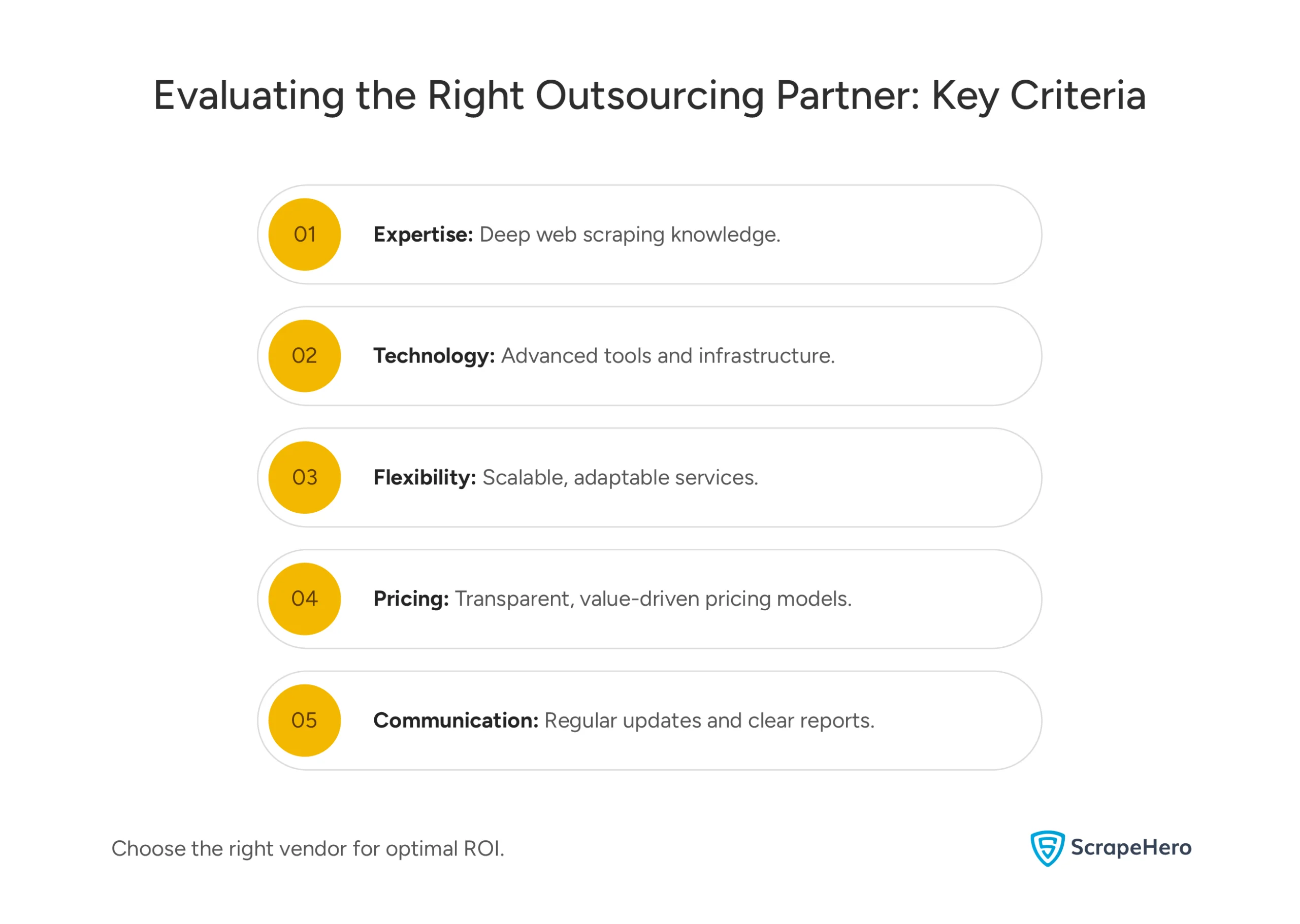
Turning Data into Your Greatest Asset with ScrapeHero
Web scraping is not a mere technical task; it is a strategic imperative. The goal isn’t just to collect data—it’s to generate a significant return on your investment by transforming that data into decisive action and measurable business outcomes.
Also, understanding the ROI of outsourced data scraping enables companies to make informed decisions about their data acquisition strategy.
The framework we’ve outlined gives you the tools to speak the language of business leadership: ROI, cost savings, and revenue growth. It moves the conversation beyond abstract benefits and into the realm of financial validation.
This is where ScrapeHero stands apart. We are not just a data provider; we are an ROI partner. ScrapeHero is one of the top 3 web scraping service providers, with a focus on delivering the high-quality, reliable, and compliant data you need to drive the precise calculations we’ve detailed above.
We build our technology and our client relationships with one goal in mind: to ensure your investment in external data delivers maximum, measurable value. In fact, most of our clients consistently measure ROI after outsourcing web scraping to us and discover significant returns on their investment.
Ready to prove the value of your data strategy?
Contact ScrapeHero today and let us show you how our custom web scraping service can provide the ROI you’re looking for.
Frequently asked questions
ROI in web scraping is calculated by using this simple formula:
ROI = (Net Benefits / Total Cost of Outsourcing) * 100
Where Net Benefits = (Cost Savings + Revenue Growth + Value of Intangible Benefits) – Total Cost of Outsourcing
This formula helps measure the overall value your business receives from web scraping services in relation to the costs incurred.
In BPO (Business Process Outsourcing), ROI refers to the return on investment achieved from outsourcing business processes. It’s measured by the cost savings, efficiency improvements, and value generated from outsourcing compared to the costs of the outsourcing service.
Web scraping facilitates data acquisition by automating the extraction of large volumes of data from websites, allowing businesses to gather real-time, structured data for analysis, decision-making, and competitive intelligence with minimal manual effort.
Outsourcing web scraping provides cost savings and access to specialized expertise, eliminating the need for internal resources and infrastructure. It allows businesses to focus on core activities while ensuring consistent, high-quality data through scalable solutions.



